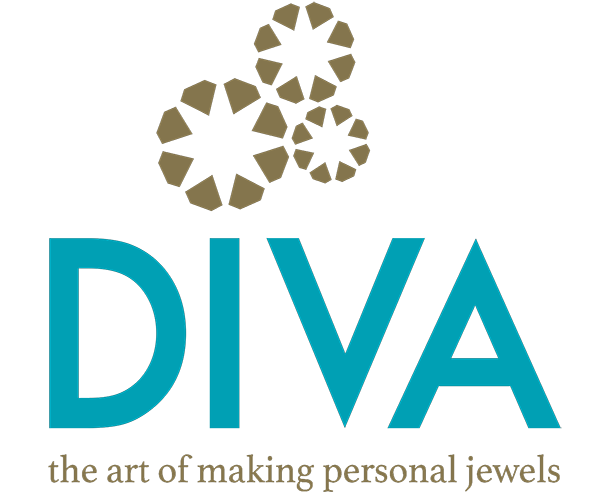Understanding Karats and Diamonds: A Comprehensive Guide
By Craig Goult / July 11, 2023
What is a Carat?
The term "carat" is derived from the seeds of the carob tree. These tiny seeds have a remarkably uniform weight of about 200 milligrams, and were used as a standard of measuring precious gems in ancient times. Today, a carat is a standard unit of measurement for gemstones and pearls, equating to 200 milligrams or 0.2 grams. So when you hear that a diamond is 1 carat, it simply means it weighs 0.2 grams.
One carat is further subdivided into 100 points, enabling precise measurements to the hundredth decimal place. For instance, a diamond weighing 50 points is described as a 0.50-carat diamond.
Why is Carat Weight Important?
Carat weight is one of the critical elements that determine the value of a diamond. Diamonds are priced per carat, and the price increases exponentially with weight due to the rarity of larger diamonds. This is known as the carat weight's impact on value, otherwise termed as the 'magic sizes'. For example, a 1-carat diamond will not simply be twice the price of a 0.50-carat diamond; it will be significantly more.
Relationship Between Carat and Size
It's important to note that carat weight does not directly translate to size, or how large a diamond appears. Two diamonds of the same carat weight can appear to be different sizes depending on their shape, cut quality, and how weight is distributed. For instance, a diamond with a deeper cut may carry more of its weight below the surface, making it appear smaller than its actual carat weight would suggest.
Carat Weight and the 4Cs
Carat is one of the 4Cs of diamonds – a universal standard for assessing the quality of any diamond, anywhere in the world. The 4Cs include Carat, Color, Clarity, and Cut. While carat weight plays a significant role in determining a diamond's value, it must be balanced with the other three characteristics for an overall quality assessment. For example, a larger carat diamond with poor clarity or color may be worth less than a smaller diamond with excellent clarity and color.
Buying Tips
When shopping for a diamond, consider the following tips:
- Balance the 4Cs: Don't just go for a larger carat weight. A balance between the 4Cs is what delivers true value and beauty.
- Consider the Cut: A well-cut diamond can appear larger than its actual carat weight due to its increased brilliance and ability to reflect light.
- Look at the Measurement: Instead of focusing solely on the carat weight, look at the diamond's measurements (its diameter and depth) to understand how large it will appear.
- Consider the Diamond Shape: Different diamond shapes have different size-to-weight ratios. For example, elongated shapes like the marquise or oval can appear larger than a round diamond of the same carat weight.
Conclusion
Understanding the concept of carats in diamonds is crucial when planning to invest in a diamond. While carat weight influences the value and size of the diamond, it is one part of a more extensive evaluation system, the 4Cs, that defines the diamond's overall quality. As with any significant investment, make sure you do your research, balance the 4Cs, and work with a reputable jeweler to make the most informed decision.

